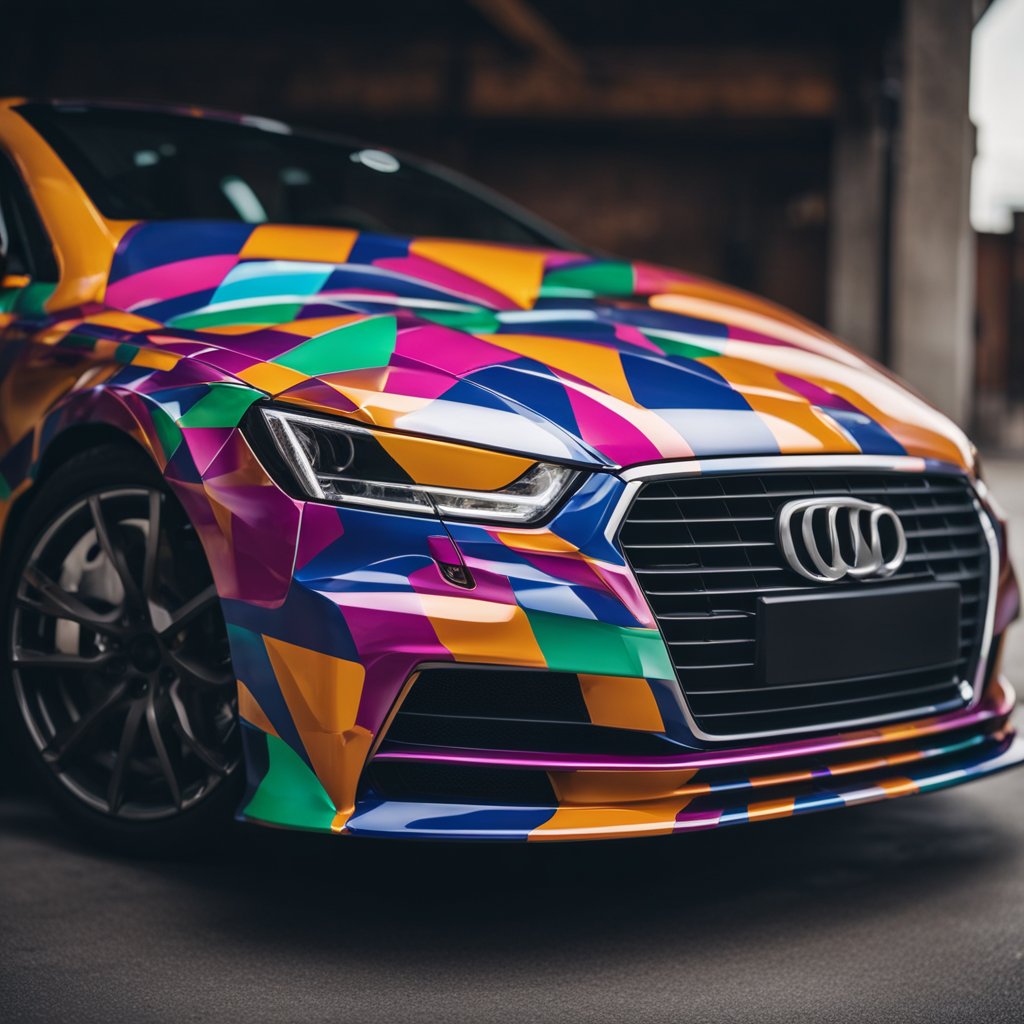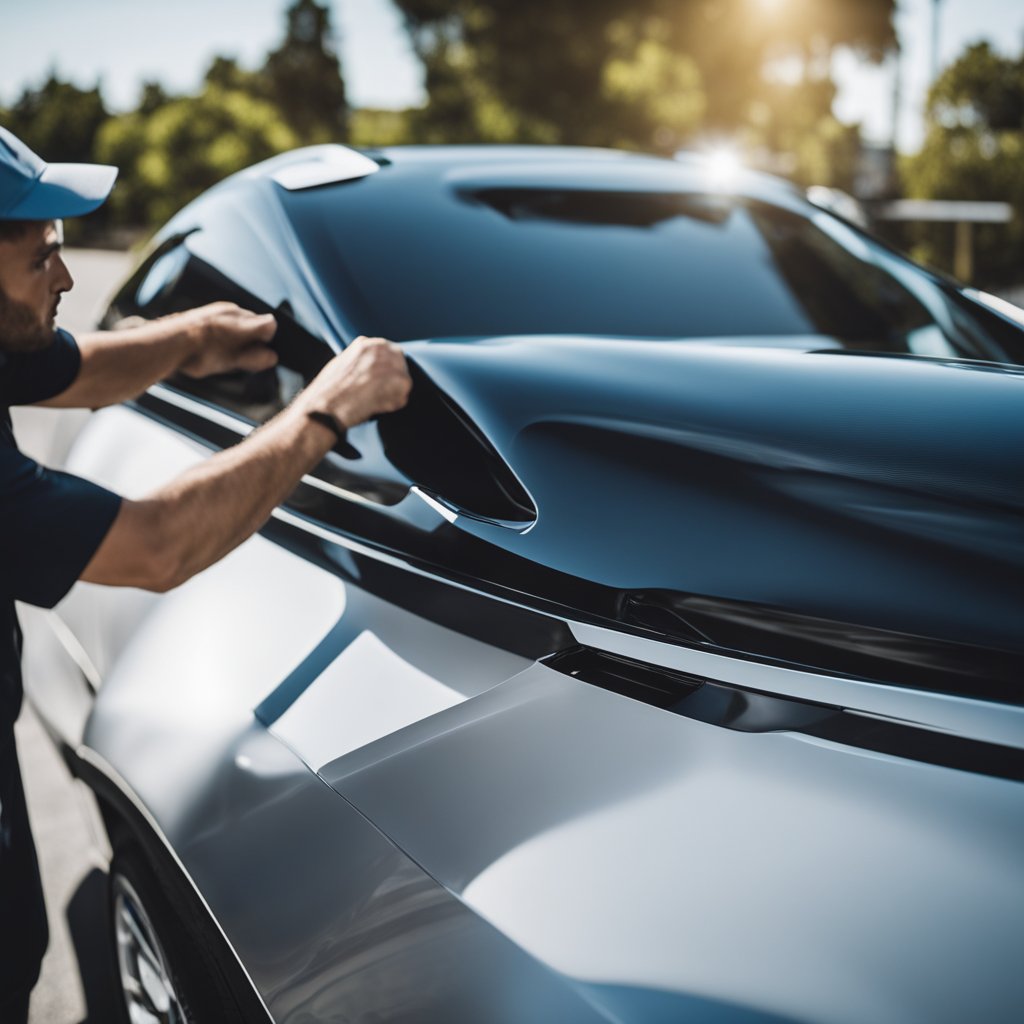Car wrapping is a process that involves covering a vehicle with large vinyl graphics or decals. This technique is not only used for advertising and branding but has also become a popular method for individuals looking to customize the appearance of their cars.
What is Car Wrapping?
At its core, auto kiletamine is the application of a thin, adhesive vinyl film to the exterior of a car. This film can come in various finishes, colors, and designs, allowing car owners to achieve a unique look that reflects their personality or brand. The flexibility of car wrapping makes it a preferred choice over traditional painting for many car enthusiasts and businesses alike.

Benefits of Car Wrapping
1. Protection for Your Vehicle
One of the primary advantages of car wrapping is the protection it offers to the vehicle’s original paint. The vinyl wrap acts as a shield against scratches, minor dents, and environmental elements like sun damage and bird droppings.
2. Customizable and Reversible
Car wraps are fully customizable. Whether you’re looking for a matte black finish, a vibrant color, or a complex graphic design, the possibilities are endless. Moreover, wraps are reversible, meaning you can return to the car’s original look without any damage.
3. Cost-Effective and Durable
Compared to a high-quality paint job, car wrapping is generally more cost-effective. Additionally, high-quality wraps can last up to seven years, making them a durable choice for both personal and commercial vehicles.
4. Increased Resale Value
By protecting the original paint, car wraps can help maintain or even increase a vehicle’s resale value. A well-maintained wrap can be an attractive feature for potential buyers who might appreciate the added protection and the option to easily change the vehicle’s appearance.
The Process of Car Wrapping
1. Design Phase
The design phase involves selecting the right color, finish, and graphics. This is where you can get creative and choose a design that best suits your style or branding needs.
2. Preparation
Before the wrap is applied, the vehicle must be thoroughly cleaned and prepared. This step is crucial to ensure that the vinyl adheres properly and looks its best.
3. Application
Professional installers then apply the wrap to the vehicle. This process requires precision and skill to ensure that the vinyl is applied without bubbles or wrinkles.
4. Post-Application
After the wrap is applied, it undergoes a post-application process where it’s heated and set. This step is essential for the longevity of the wrap.
Types of Car Wraps
1. Full Wraps
Full wraps cover the entire vehicle, providing a complete transformation. This type is popular among businesses for branding and among individuals for a total color or design change.
2. Partial Wraps
Partial wraps cover only a portion of the vehicle, such as the hood, doors, or rear. These are ideal for targeted advertising or subtle design enhancements.
3. Specialty Wraps
Specialty wraps include materials like carbon fiber, chrome, and other unique finishes that offer a distinctive look.

Car Wrapping for Business Branding
Effective Mobile Advertising
For businesses, car wraps are an effective form of mobile advertising. A well-designed wrap can turn a vehicle into a moving billboard, catching the eyes of potential customers wherever it goes.
Cost-Effective Marketing
Compared to traditional advertising methods, car wraps offer a one-time investment that can generate impressions for years, making it a cost-effective marketing strategy.
Conclusion
Car wrapping is an innovative way to customize and protect your vehicle. Whether for personal expression or business branding, the benefits of car wrapping make it a worthwhile investment. Remember, always choose a reputable installer and high-quality materials to ensure the best results.
